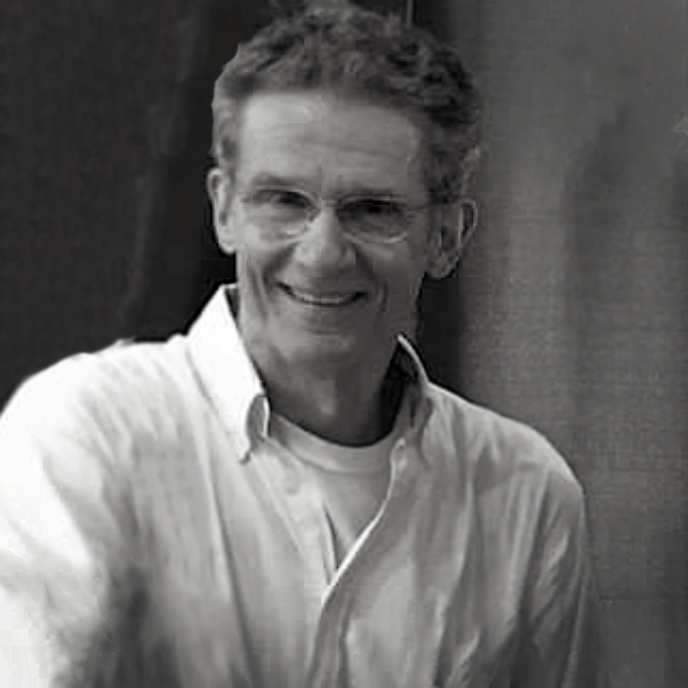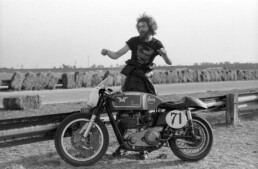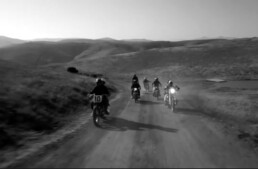The American persona has always been framed by the impulse to keep moving. During the early 20th Century, personal transportation like cars and motorcycles became affordable and were integrated easily into a new recreational lifestyle.[1] The American Motorcyclist Association (AMA), established in 1924, was created in an effort to promote wholesome, mainstream values of exploring the expanse of the American landscape on two wheels and having fun. The AMA was the ‘establishment’ of American motorcycling. But during the 1950s a ballooning youth demographic of teenagers was motivated by new subcultures: adrenaline-enriched options, Rock and Roll and dangerous Hot Rod and motorcycle cultures that rewrote what ‘fun’ meant.

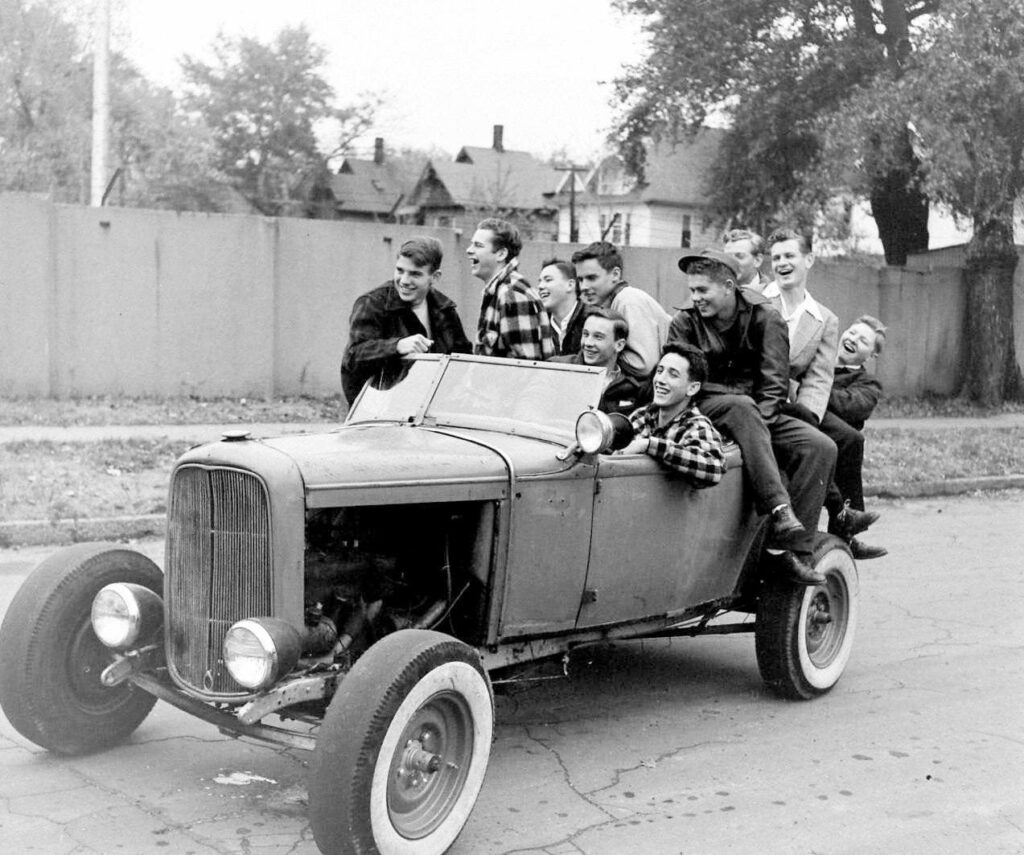
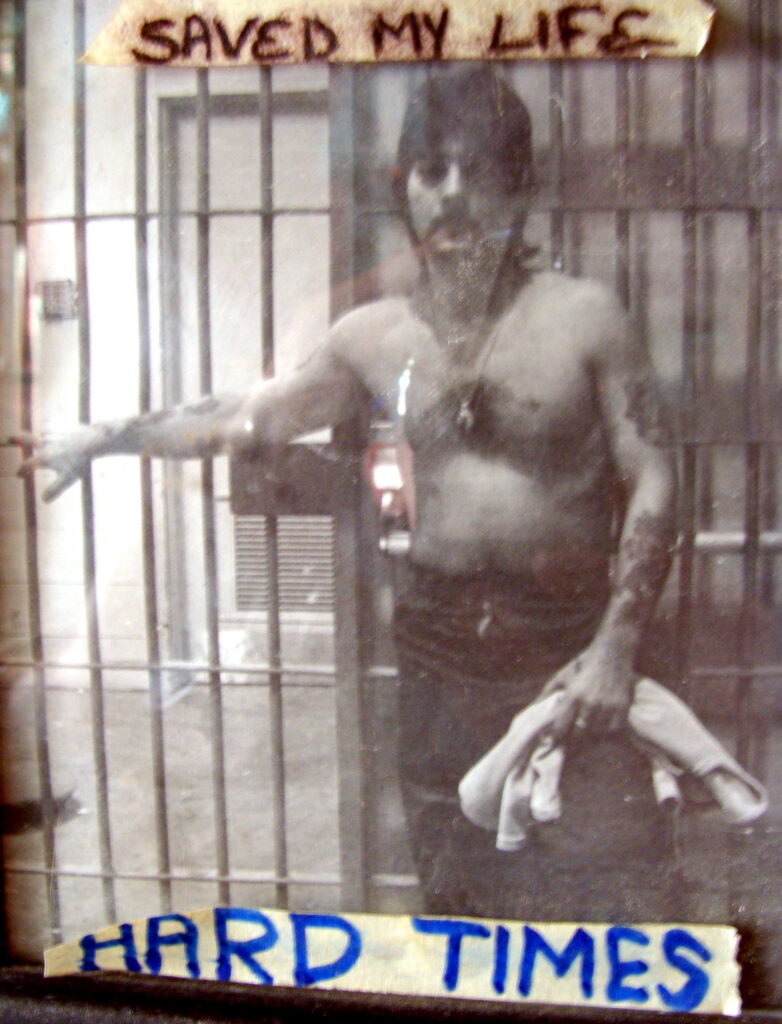
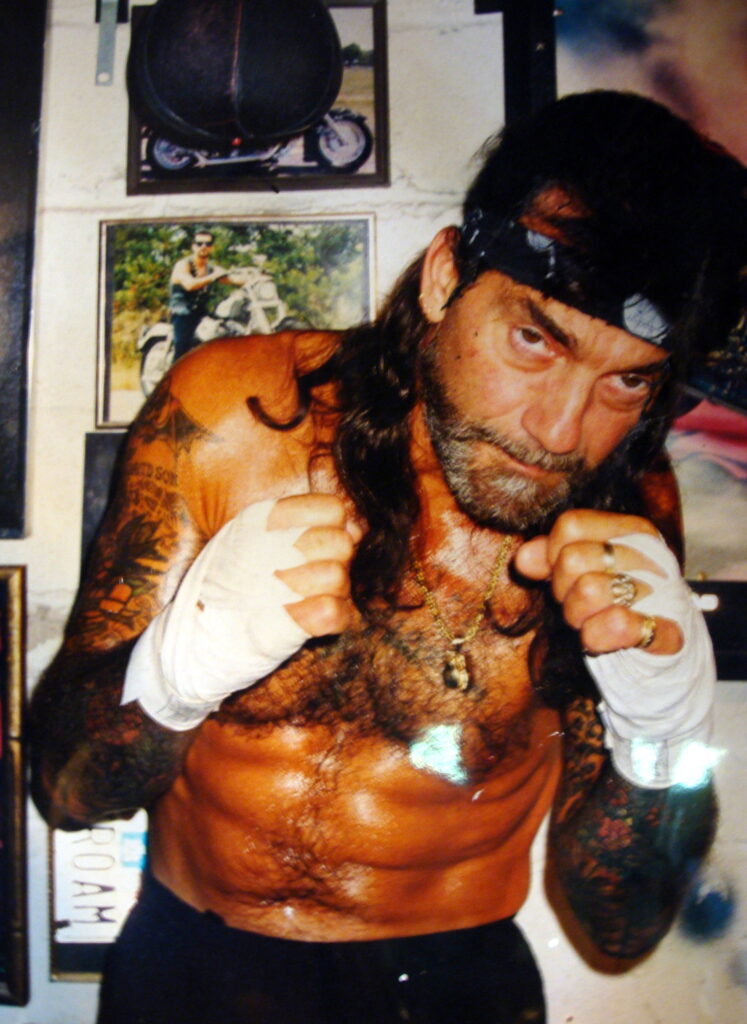
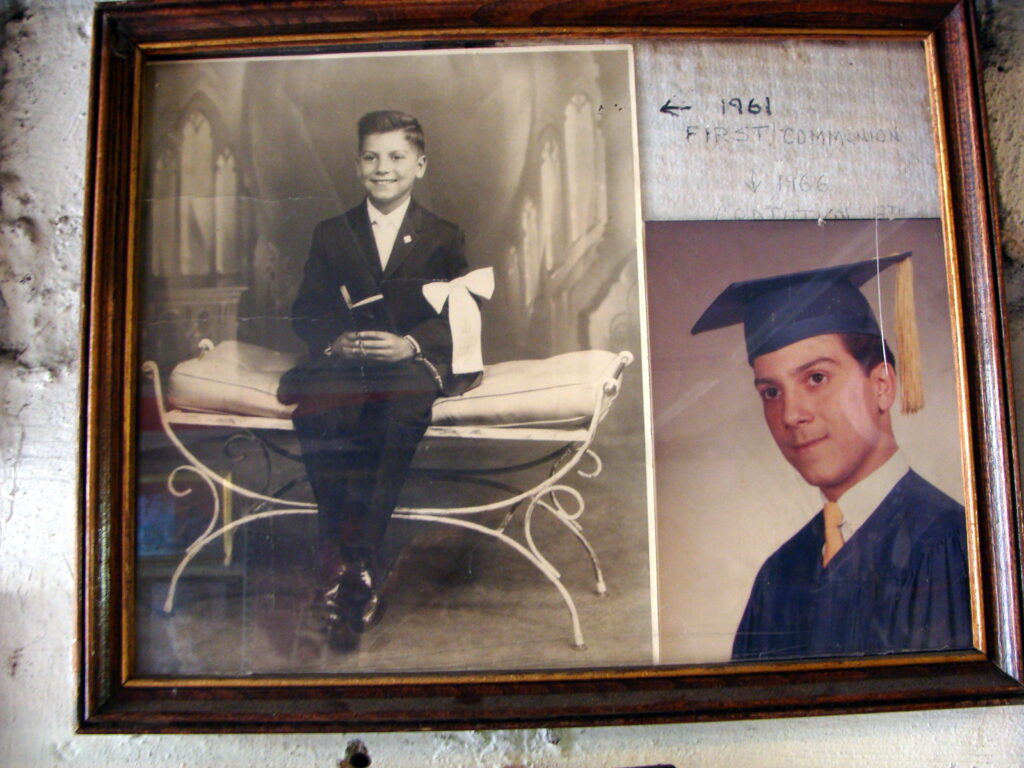

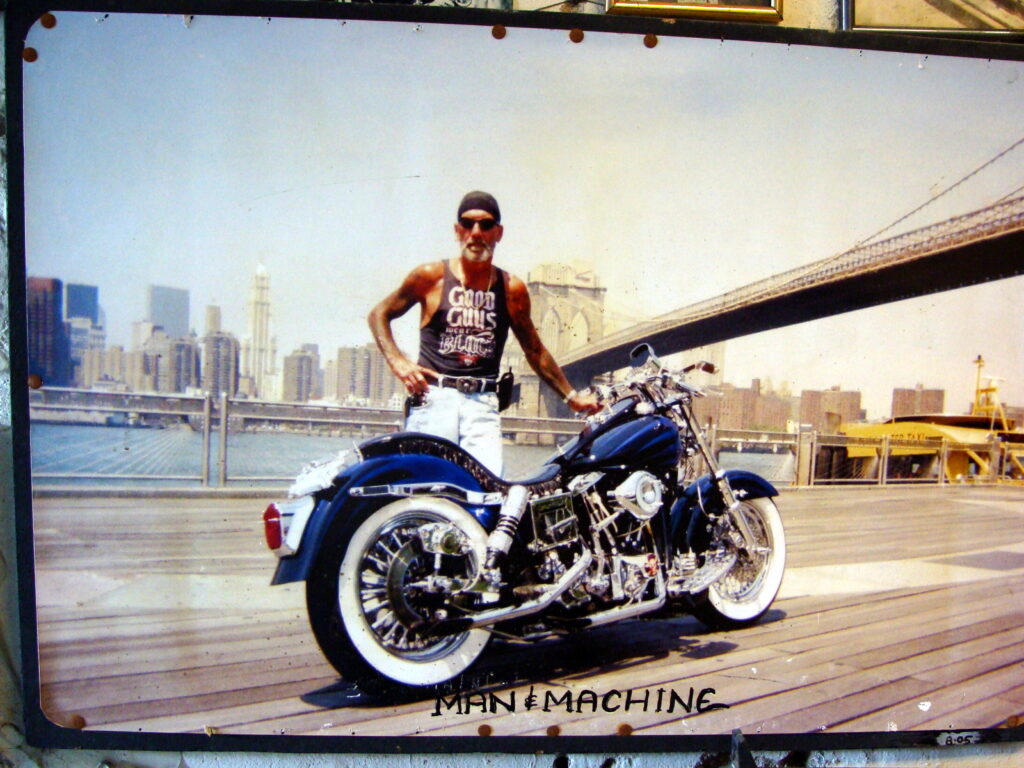
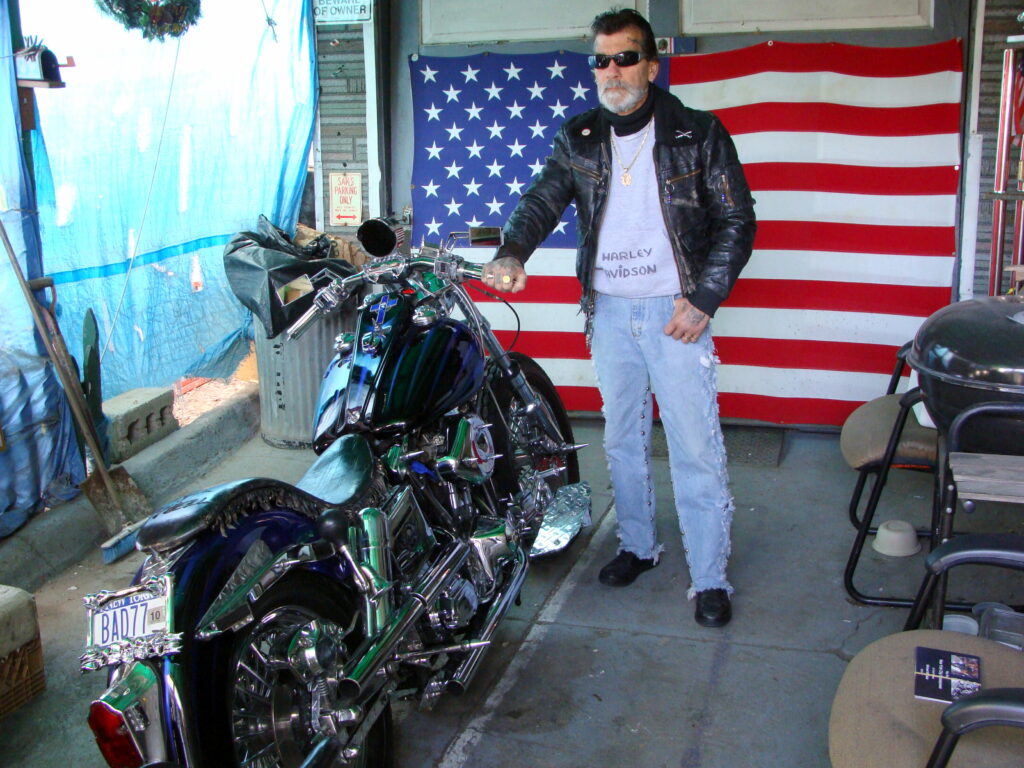
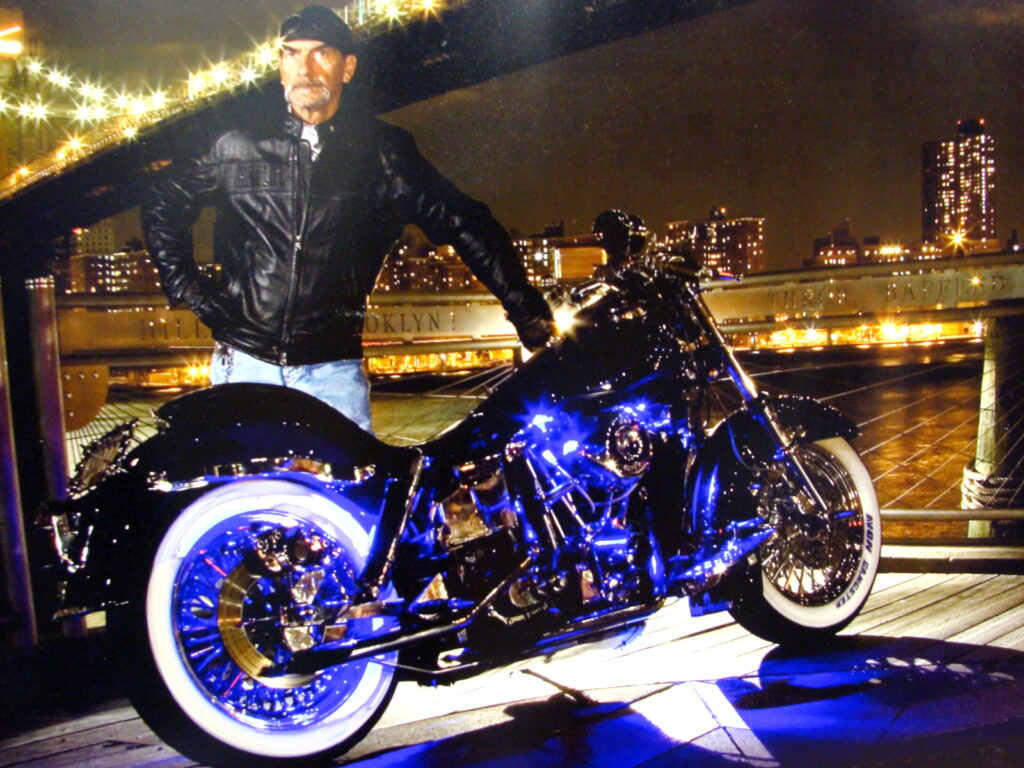
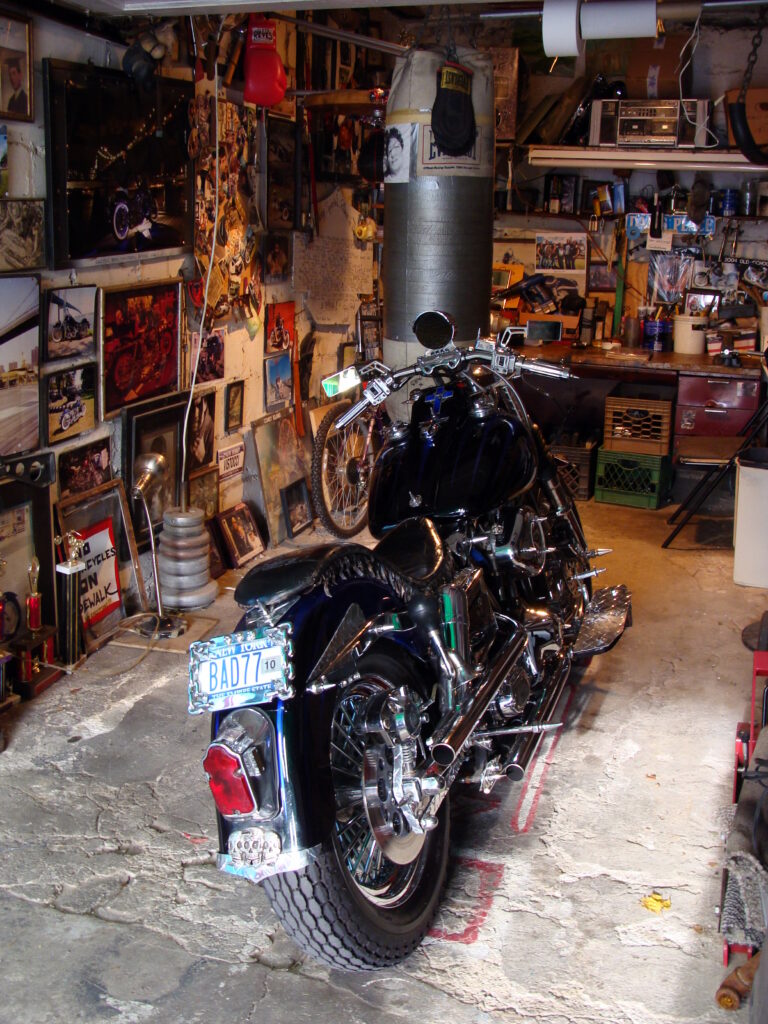
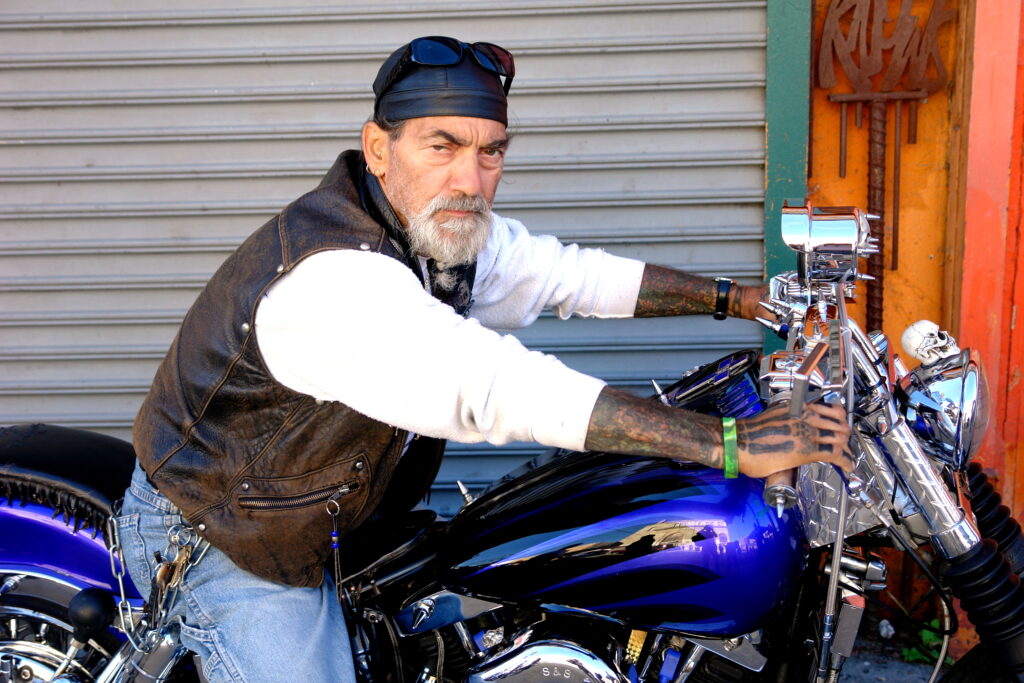
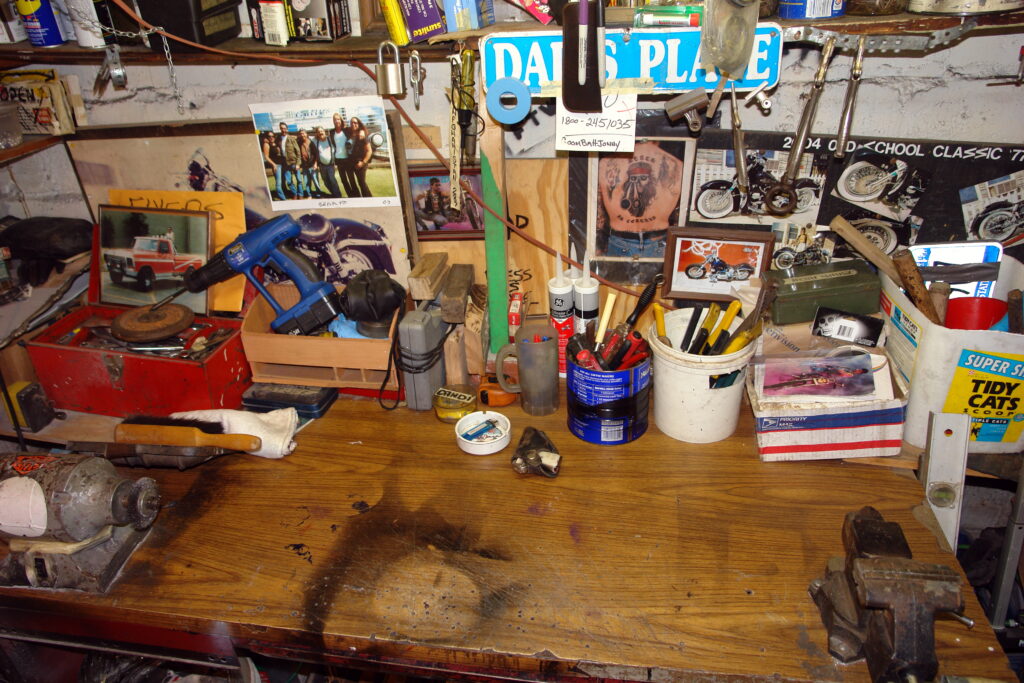
“When somethin’ happens to my bike, it’s my attitude. You can’t talk to me. My wife don’t even want to look at me. I’m a different guy. When my bike is down, I’m down. Don’t even say hello to me. Until my bike is fixed then I’m in a better mood. It could be the slightest thing but I won’t be able to sleep. I take it to that extreme. Look, I got a heart condition. If I don’t take my medication for my heart I say, I’ll take it tomorrow.” What’s the big deal? But if something’s wrong with my bike I won’t be able to sleep. I’ll be calling people up tryin’ to fix it myself. I’m telling ya. It’s not just a passion but it’s somethin’ more. Somethin’ a lot more than passion. You have to find a new word for the feelings I get outta my bike. It ain’t even human. Can you dig that? I don’t have another feeling that can compare to that. My bike is a completely different thing. To me it’s the greatest feeling in the world. Can you understand that bro? It’s down to the point exactly where I want to get at. In my own mind I am talking to a higher authority when I’m on my bike. Definitely. Whether other people see it that way or not, I really don’t care. That feeling of passion but it’s a bigger word that I can’t explain. That’s the way it is.”

[2] The median age of the American population in 1776 was very young, likely in the late teens or early twenties, though precise historical data is scarce. The population was characterized by high birth rates and low life expectancy (around 35 years), meaning a large portion of the population was under the age of 18. While the average life expectancy was low, the average age of the signers of the Declaration of Independence was around 44, and a number of them were 35 or younger.
[3] The U.S. national median age in 1950 was about 30.2 years, but California’s median age was slightly lower, likely in the high 20s, and the national median age declined to 29.5 years by 1960.
[4] The wardrobe selections of both Bando’s black leather jacket and Marvin’s striped Breton sweater went a long way to produce ‘Biker’ cultural stereotype identities.
[5] The motorcycles used in Easy Rider – the Captain America and the Billy bike – were designed by Cliff Vaughs and built by Ben Hardy. Both were African American and at the time of the film’s release, were not properly credited and unfairly under emphasized.
[6] See New York City Bosozoku, The Vintagent, August 18, 2025, McCabe.
[7] Hubert Selby is known for his epic book, Last Exit to Brooklyn (1964) that graphically portrays life in the working class borough.
